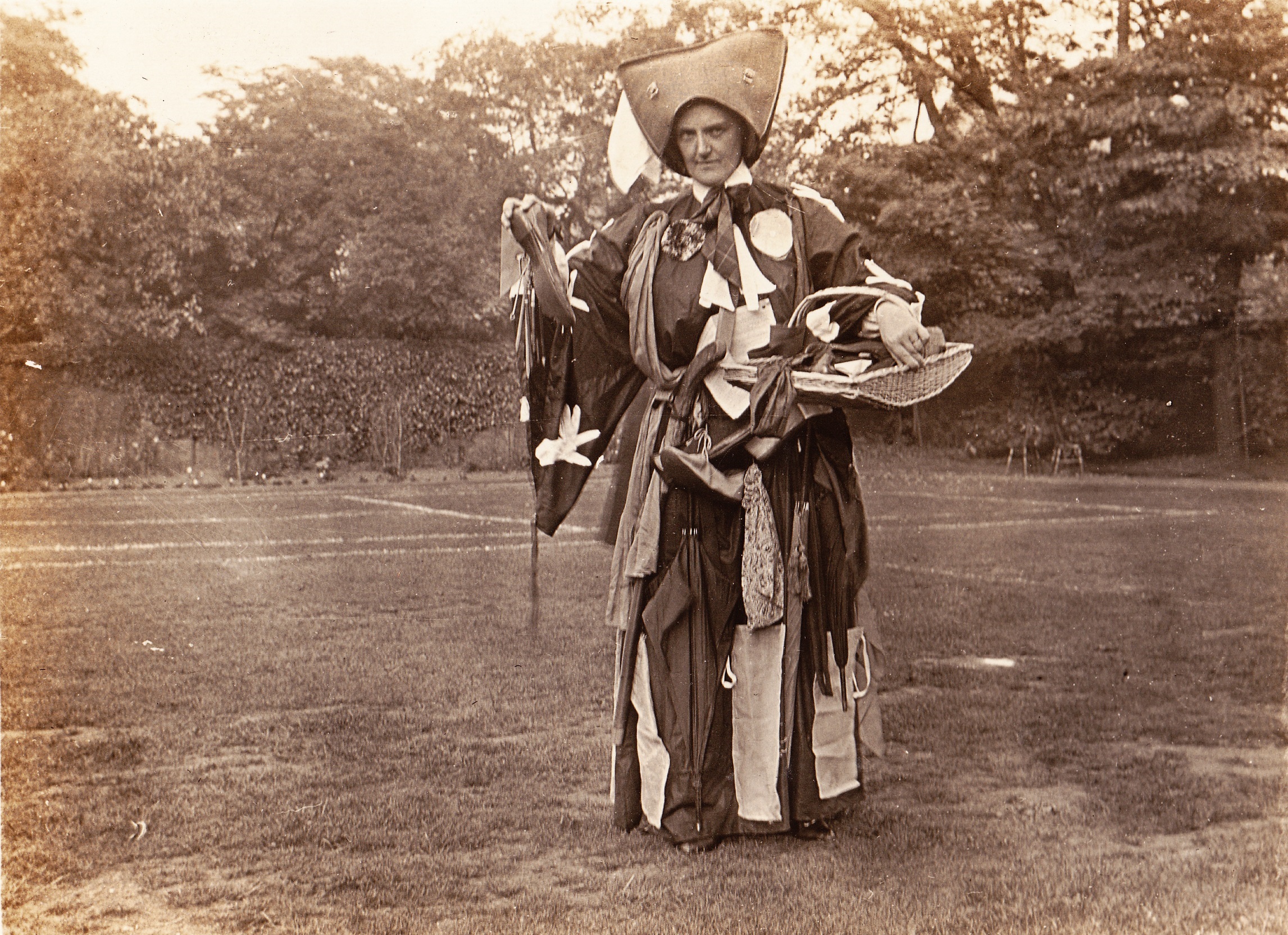Over the past few years, I have been collaborating with Save the Children on a research and policy project related to the implementation of their Global Policy Position on User Fees and Private Schools. So I’m especially pleased to announce that, along with my colleague Paul Lynch, I have been awareded a PhD studentship by the Economic and Social Research Council Doctoral Training Partnership to investigate how private schools can provide inclusive education to disadvantaged and marginalised children in India.
Towards the end of last year, the year in which Save the Children celebrated their centenary, the University of Birmingham hosted a double-bill event showcasing aspects of collaborative work with the organisation. In the first part, Dr Laura Day Ashley with Save the Children India’s Technical Advisor for Education, Kamal Gaur, and Save the Children International’s Early Childhood Education Officer, Rowan Ainslee discussed their collaborative research and policy impact project on private sector involvement in education in India. In the second part, a collaboration of a different nature was explored. With the Save the Children archive being held at the Cadbury Research Library, University of Birmingham, archivists Holly Waughman and Matthew Goodwin presented a show-and-tell exhibition of selected materials from the Save the Children collection to an audience of historians, educationists, museum archivists, post-graduate research students, as well as our guests from Save the Children, Rowan and Kamal, who, given their contemporary work for the organisation in this area, found the exhibition very moving.

Offering a tour of the Strong Room, Holly and Matthew explained how the collection arrived at the University of Birmingham in 2011 and is now being catalogued and re-packaged as part of a Wellcome Trust funded project. The exhibition took a chronological approach, taking records from each decade from the 1910s to the 1990s to show the history and evolution of the organisation. Through this arrangement, archive items were able to show some of the key campaigns in Save the Children’s history, such as relief for victims of the Russian famine in the 1920s, support for Hungarian refugees in the 1950s, and the STOP Polio vaccination campaign of the 1980s. The exhibition included a wide range of materials, including reports, correspondence, photographs, posters, and objects, such as the Save the Children collecting tins.
Materials from the very early beginnings of the organization were on display, including a copy of the flyer – depicting starving Austrian children suffering due to the continued Allied blockade of Europe after the First World War – which founder, Eglantine Jebb, was distributing in April 1919 when she was arrested in Trafalgar Square for breaking censorship laws. Also on display was a beautifully illustrated ‘concertina comic strip’ created by Corrine de Candole, c1925. The illustrations depict Corrine’s interview at Save the Children Fund, her first week at the office and a trip to Geneva for the charity’s Summer School.

One section of the exhibition focused on materials relating to Save the Children’s education programmes, including education fundraising, work in schools to support disabled children, nursery schools and play groups, and health education programmes. These records – including material such as, project reports, photographs, artefacts, educational resource packs, posters, and leaflets – offered a small sample of the material held in the archives. You can read more about these on the Save the Children archive project blog.
Geographically, materials from a number of countries were incorporated into the exhibition, including reports on a health education programme in Peru, photographs of projects in Korea, and blueprints for Save the Children’s kitchens in Greece. In keeping with the theme of the event, one section of the exhibition had a special focus on India. Save the Children has had a strong connection to India since its inception, with £3,461 being donated from the country in the first five years of the Fund’s existence. Save the Children began working in India from the 1960s establishing homes and nurseries for Tibetan refugee children. Operations expanded throughout the country where the organisation responded to natural disasters, provided emergency relief for Bangladeshi refugees, supported nutrition and education projects, and developed a sponsorship programme. By 1983 the charity was working with over 40 different projects across the country. Today, Save the Children India’s work spans 19 states with Education being a key focal area.
With our new ESRC doctoral studentship award, the University of Birmingham and Save the Children have the opportunity to build on and continue their collaborative work in India. We are looking for a highly motivated applicant to work with us on a PhD funded by ESRC DTP on how private schools provide inclusive education to marginalised children – more information on this link. The closing date is 2nd March 2020 – informal enquiries about the research before application can be directed to Dr. Laura Day Ashley and Dr Paul Lynch.
Save the Children collection archivists Holly and Matthew would also welcome enquiries about using material from the collection in research projects. If you are interested in using this material or would like to find out more, please contact them on special-collections@bham.ac.uk. Additionally the Cadbury Research Library is hosting a Study Day on Wednesday 1st July 2020 to explore the potential and value of charity archives, including the Save the Children archives and have opened a call for papers (closing date 27th March 2020) – more information on this link.




